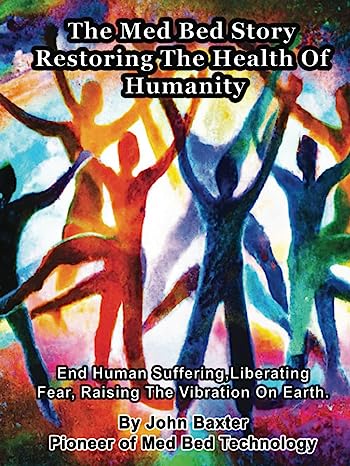In the evolving landscape of health optimization, the ability to customize my circadian rhythm stands out as a transformative approach to enhancing sleep quality and overall well-being. Circadian rhythms, the natural internal processes that regulate the sleep-wake cycle, are pivotal to maintaining balance in our biological functions. This article explores the science of biohacking sleep patterns, offering insights and actionable strategies for personalizing your circadian rhythm for optimal health and vitality.
Understanding Circadian Rhythms
Circadian rhythms are 24-hour cycles that are part of the body's internal clock, running in the background to carry out essential functions and processes. One of the most important and well-known circadian rhythms is the sleep-wake cycle. External factors like light exposure and temperature significantly influence these rhythms, affecting how we feel, perform, and sleep.
The Significance of Personalizing Your Circadian Rhythm
Customizing your circadian rhythm can lead to improved sleep quality, enhanced mood and cognitive function, and better metabolic health. By aligning our internal clock with our lifestyle and environmental cues, we can optimize our body's natural rhythms to suit our individual needs and schedules.
Steps to Biohack Your Sleep Patterns
-
Assess Your Natural Rhythms: Begin by observing your body's natural inclinations. Identify your chronotype (whether you're a morning lark, night owl, or somewhere in between) to understand your natural propensity for sleep and wakefulness.
-
Regulate Light Exposure: Light is a powerful cue for circadian rhythms. Maximize exposure to natural light during the day and minimize blue light from screens in the evening to reinforce your body's natural wake-sleep cycle.
-
Create a Consistent Sleep Schedule: Go to bed and wake up at the same time every day, even on weekends. Consistency strengthens your circadian rhythm, improving sleep quality over time.
-
Optimize Your Sleep Environment: Ensure your bedroom promotes restful sleep. It should be cool, dark, and quiet, with minimal exposure to artificial light sources at night.
-
Mind Your Diet: What and when you eat can influence your circadian rhythm. Aim for regular meal times, and avoid heavy or large meals and caffeine close to bedtime.
-
Exercise Regularly: Regular physical activity can help synchronize your circadian rhythm, especially if done in the morning or afternoon. Avoid vigorous exercise close to bedtime as it can disrupt sleep.
-
Leverage Technology Wisely: Utilize apps and devices that track sleep and light exposure, offering personalized recommendations for adjusting your routines.
Advanced Biohacking Techniques
-
Temperature Regulation: Your body temperature naturally dips at night. Lowering the thermostat in your bedroom can mimic this drop and aid in falling asleep faster.
-
Supplementation: Consider supplements like melatonin or magnesium in consultation with a healthcare provider to help regulate sleep patterns, especially if traveling across time zones or working night shifts.
-
Mindfulness and Relaxation Techniques: Practices such as meditation, deep breathing, or yoga can reduce stress and promote a healthier sleep-wake cycle.
Customization for Shift Workers and Night Owls
Shift workers and night owls face unique challenges in aligning their circadian rhythms with their schedules. Tailored strategies, such as strategic napping, controlled light exposure, and maintaining a consistent routine on days off, can help mitigate the impact on sleep and health.
Evaluating the Impact
Monitor your sleep quality and daytime energy levels as you implement these changes. Adjustments might be necessary based on your observations and experiences, emphasizing the importance of flexibility and patience in the process.
Conclusion: Embracing a Personalized Approach to Sleep
Biohacking sleep patterns by customizing your circadian rhythm is a journey of self-discovery and experimentation. By understanding and working with your body's natural rhythms, you can unlock the door to improved sleep and overall health, paving the way for enhanced well-being and performance. As with any significant lifestyle change, it's beneficial to consult with healthcare professionals, especially when considering supplements or drastic alterations to your sleep schedule.




